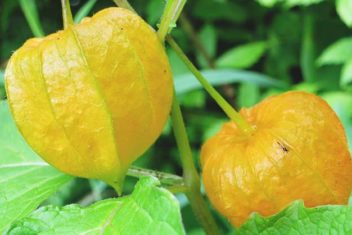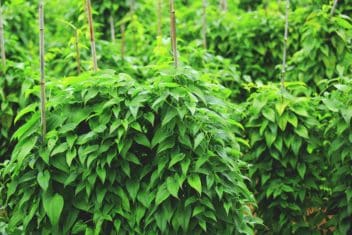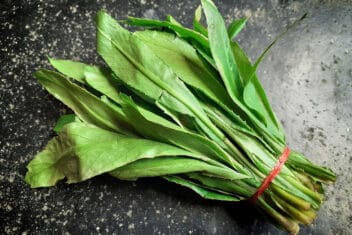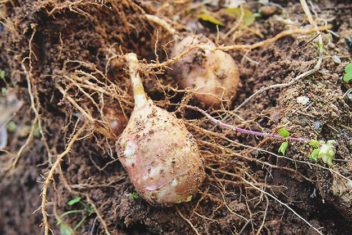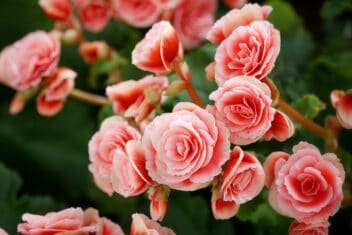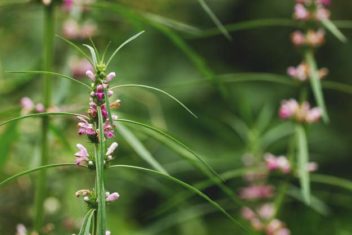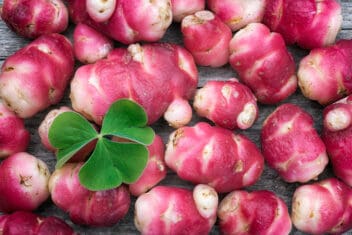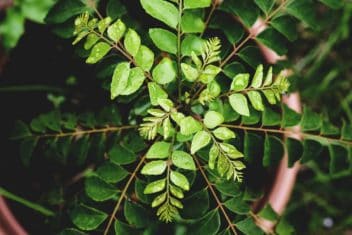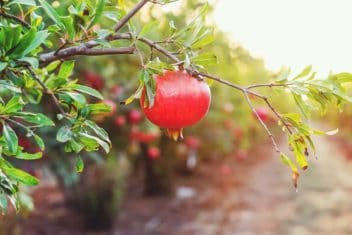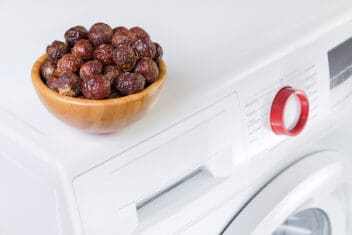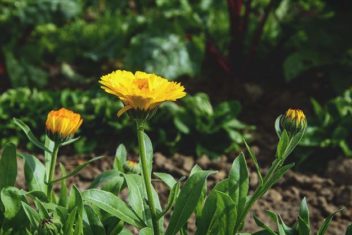I first came across cockscomb when I had an overgrown garden on my new rural property. The area was bland except for little pockets of color. Among the green and brown were pink, white, yellow, and red blooms standing proud. I discovered a patch of cockscomb.
One thing that can make a garden enjoyable is not just color, shape, or size, but texture. Cockscomb can resemble the comb on a rooster or look like a fuzzy spike, standing out among smooth, traditional-looking blossoms. Plus, they’re incredibly colorful.
If you have heard about cockscomb or have seen it and want to grow it, let’s talk about it. Are you ready to start growing cockscomb? Let’s go.
What is Cockscomb?

Cockscomb (Celosia cristata, C. argentea, and C. plumosa) is a herbaceous annual in some areas and, if you’re lucky, a perennial in warmer regions. It’s native to South America, Africa, Central America, and Asia, where it is extremely popular.
Sometimes called quail grass, cockscomb belongs to the amaranth family (Amaranthaceae).
Grow cockscomb in USDA Hardiness Zones 9 to 12 as a perennial. Everywhere else can succeed at growing cockscomb as an annual.
Unlike many flowers, cockscomb retains its color when dried, so it is perfect for dried flower arrangements. Cockscomb doesn’t produce many seeds, so it’s a plant you can put where you don’t want self-seeding to occur.
The leaves and flowers are edible. People in Africa and South America have been growing cockscomb as a vegetable for centuries.
10 of the Best Cultivars of Cockscomb
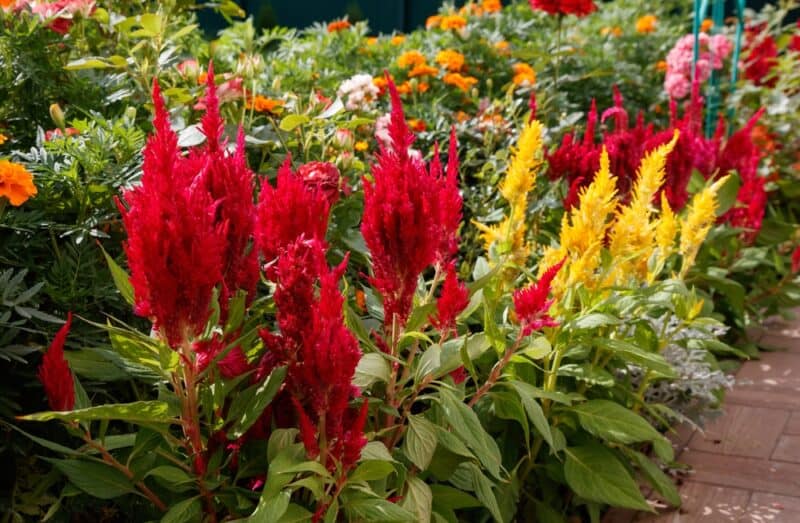
Think about your color tastes and requirements when choosing your cultivar. Each cockscomb has unique colors, shapes, and textures.
1. Magenta
This cultivar grows up to four feet tall and has large flower heads colored from red to purple. The big bloom layers that look great in the garden also make an excellent home for beneficial insects. The smaller blooms on the side shoots are nice as cut flowers.
2. Lemon Lime
The six-inch-wide blooms in lemon-lime color are something to behold. They are prolific on this plant. You will get about 20 stems per plant.
3. Kimono
Kimono is a series of gorgeous, spiked flower heads in cream, yellow, red, or orange. The plant is petite, growing to just a foot tall, so it’s perfect if you’re looking for an option for container growing.
4. Coral Giant
Gigantic eight to ten-inch blooms are brightly colored from yellow to fuchsia. Plant in full sun, and from planting a seed to blooms is around 90 days. This cultivar, with its round heads, is great for cut flowers and dried arrangements.
5. Asian Garden
This type has long tails of fuzzy flowers in bright magenta. Pollinators love it and it starts blooming early in the year. Use the flowers to make the prettiest pink lemonade or use them for interest in cut arrangements.
6. Chief
Of course, you can use this series in the garden, but try it in pots and containers. Evergreen foliage contrasts nicely with the odd-shaped orange blooms.
Probably one of the most uniform cockscombs, chief gold has bright yellow seven-inch blooms. Use in fresh or dried arrangements.
7. Snake Cobra
This is one seriously unique-looking bloom. The stems can get as long as 40 inches. ‘Snake Cobra’ is grown best as an annual.
8. Cockscomb Dwarf
This variety comes in multiple color choices and is perfect for garden beds or containers, due to its tight habit. The blooms will last about eight weeks. Cockscomb dwarf looks fantastic in containers on a deck or balcony.
9. Triangle
The flowers of this unusual series are a textured inverted triangle about three inches long. Triangle cockscombs are taller than other cockscombs. Each flower is vibrant and multicolored.
Triangle’s blooms are perfect for displays in the garden and in cut flower arrangements.
10. Orange Peach
Don’t be fooled by the small 12-inch stature of these plants, the blooms of ‘Orange Peach’ are big. Plus, they’re ruffled with a fun ball shape, making them look like orange brains.
Propagating Cockscomb
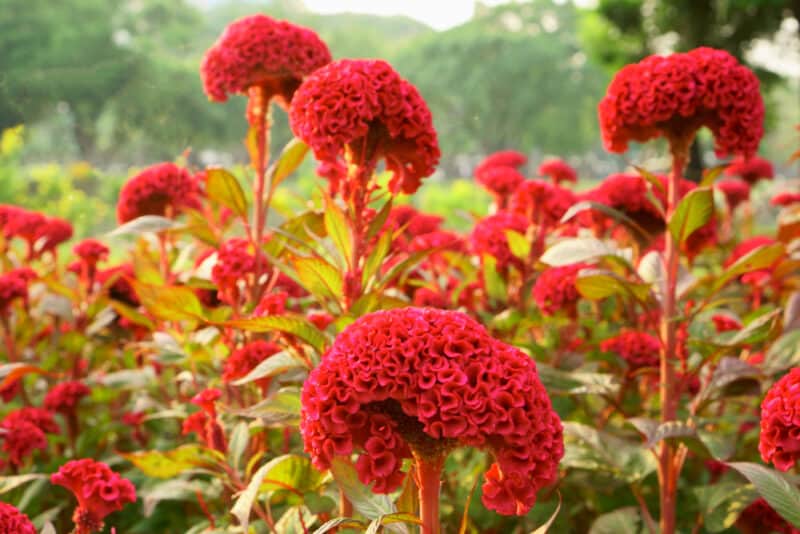
Thankfully cockscomb is easy to propagate from both cuttings and planting seeds.
By Cuttings
- Cut a stem at least six inches long.
- Remove all leaves except the one set of two at the top.
- Use rooting hormone to assist in root growth. Push the cutting into seed-raising soil in medium-sized containers.
- Cockscomb roots quickly, and in about four weeks, you can be confident by giving it a gentle tug to test for resistance.
By Seed
The first steps for growing by seed depend on the zone where you live. Plant your seeds about ten weeks before the predicted date of your last frost.
Start the seeds indoors in colder areas where you’ll grow cockscomb as an annual. In warm areas, plant directly in the garden. If your cockscomb self-seeds in a warm climate, it will grow year after year.
- Cockscomb seeds need light to germinate, so don’t bury them. Press the seeds into seed-raising soil or prepared ground soil. Moisten the soil with room-temperature water before you add the seeds. In the garden, gently press them into the surface of the soil.
- Keep the soil moist with a spray bottle if planting in containers indoors. If it dries out too quickly, use a plastic cover or a plastic bag to help retain moisture. In the garden, keep the soil moist but not soggy.
- When the seedlings germinate, remove the plastic bag on indoor pots if you used it. In the garden, pinch out any weak-looking ones.
- Once the seedling produces true leaves, thin them out. Leave one per pot and one every ten inches in the soil.
- In about a month, harden off the indoor pots carefully.
- When you transplant the seedlings outside, plant them at the same level as the soil in the pot.
Growing in Containers
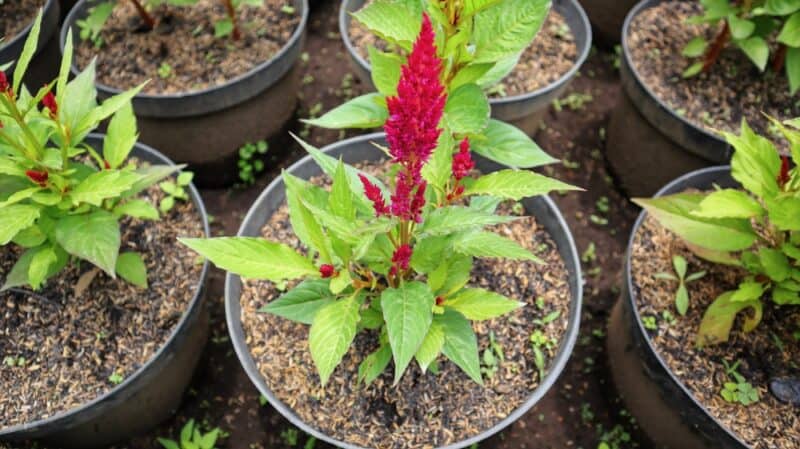
Due to cockscomb being compact, they’re a good choice for containers. You shouldn’t need to re-pot very often; if you don’t have to, don’t. Cockscomb doesn’t like being transplanted or moved. A sudden shift in the environment may make growing cockscomb struggle.
If you do repot the plant, make sure to be very gentle with the roots and replant it at the same level as the previous pot.
How to Care for Cockscomb
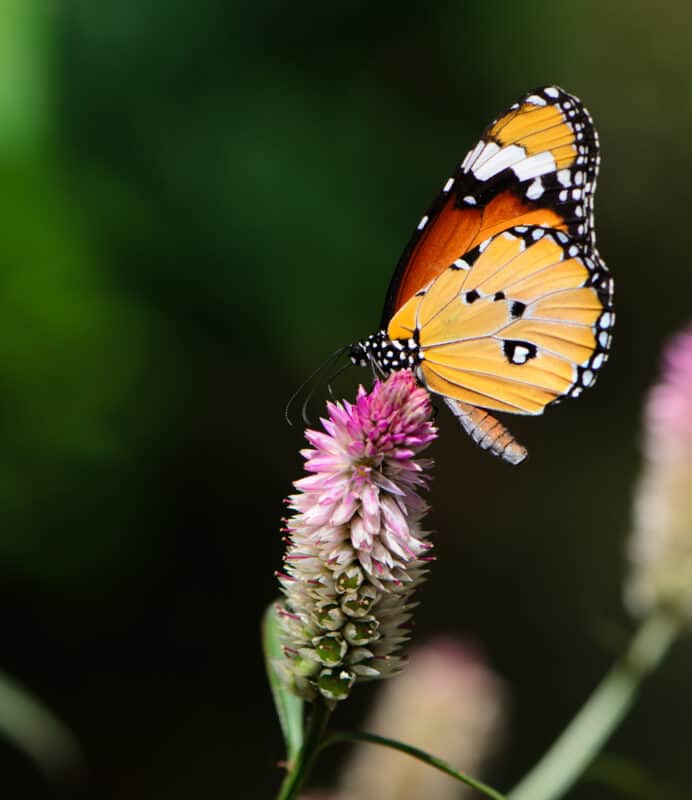
Humidity doesn’t affect cockscomb, though it can encourage some diseases. The perfect temperature range is 65-80ºF. As long as the temperature remains above 50ºF, you can grow cockscomb.
Although cockscomb can withstand a little shade, it prefers a full sun position that provides at least eight hours daily. The soil should be moist all the time and drain well. The pH should be between 6.0 and 6.5.
Dig compost or well-rotted manure into the soil before planting cockscomb.
Aim for fertilizer of 10-6-4 or similar. Provide a small handful per plant and water in well. Alternatively, you could plant slow-release fertilizer when you first plant out in the garden.
Cockscomb prefers consistent watering keeping the soil moist. Once the top inch of soil is dry, water well on the ground, not the foliage. Be careful not to over-water.
Companion Planting For Cockscomb
When growing cockscomb, you don’t have to keep it alone. Give it some friends:
Potential Problems When Growing Cockscomb
While cockscomb is usually pretty easy to grow, there can be problems now and then. Here are the common issues to keep an eye out for.
While many plants can take pests in their stride, it tends to die rapidly when cockscomb suffers from an infestation or fungus.
Overwatering
Don’t assume that any drooping leaves on cockscomb is a lack of water. They are sensitive to too much water as well. Allow the top inch of soil to dry before providing more water. If you’ve given a cockscomb too much, allow the soil to dry out a couple of inches deep, then recommence light watering.
Color fading in the leaves and flowers is usually caused by too much water or the soil retaining too much moisture. Make sure you plant in free-draining soil and only water when the first inch is dry.
Underwatering
Cockscomb can withstand short periods of drought but, like most plants, will begin to stress if left without sufficient water. The leaves will turn yellow before turning brown. Some plants can return after becoming dehydrated, but not cockscomb.
When growing cockscomb, don’t let it become too dry.
Mites
If you see your cockscomb struggling and it has fine webbing, check the undersides of the foliage. You may also note the foliage turns brown before becoming dried and brittle. Mites are tiny insects related to spiders. Spray with insecticidal soap and then regular sprays of neem oil.
Stem Rot
This soil-borne fungus can lay dormant for some time before the right conditions set it off. Rainy weather followed by extended heat and dryness can be a dangerous time.
Black water-soaked spots appear on the lower stem and foliage. The rot eats through the stem and the cockscomb will die. Avoidance is best, as stem rot is fatal. Allow for plenty of airflow and water the soil, not the plant.
Leaf Spot
Tan spots form on the leaves and often turn into holes in the foliage. In severe cases, the plant can no longer photosynthesize. Use a copper fungicide, but once again, avoidance is best. Plant in full sun, space well, and water the soil gently.
Leaf Beetles
Although not as fatal as the above three issues, the leaf beetle will eat the foliage, leaving little holes all through the leaves. If the number of beetles is small, remove them and any nymphs and eggs. Place them in soapy water.
If they are large enough in number, spray them with pyrethrum mixed in neem oil. Spray with neem every two weeks.
How to Use Cockscomb
There are multiple ways to use cockscomb. It’s edible, ornamental, and perfect for dried flowers, or cut arrangements. Most people in North America are growing cockscomb purely for the look, but you can eat it at as well.
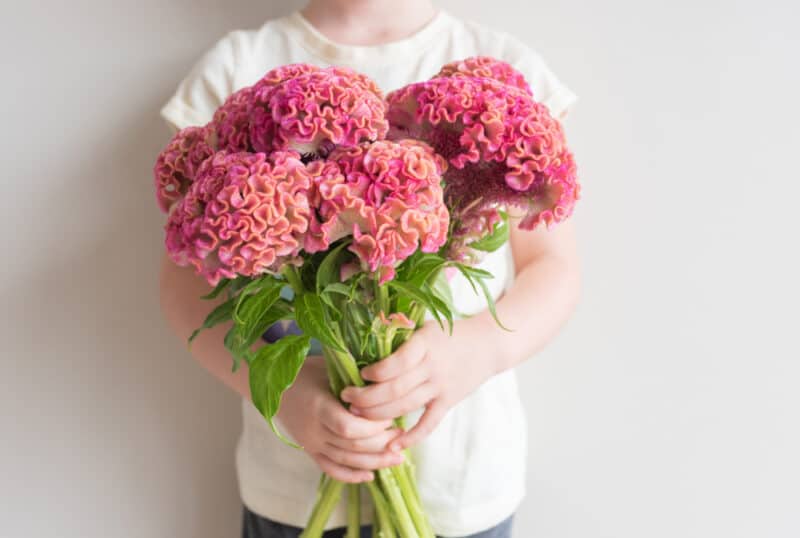
The stems, leaves, and flowers can be used in salads, stews, and soups. The plant is full of protein and lots of vitamins.
The leaves are best before the plant starts flowering.
Good luck with growing cockscomb! We’re sure you’ll love it.

